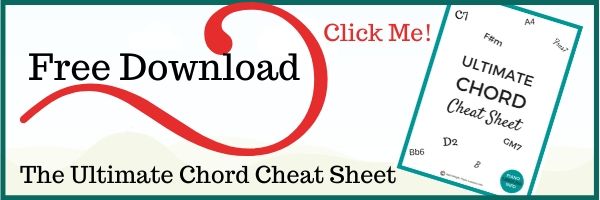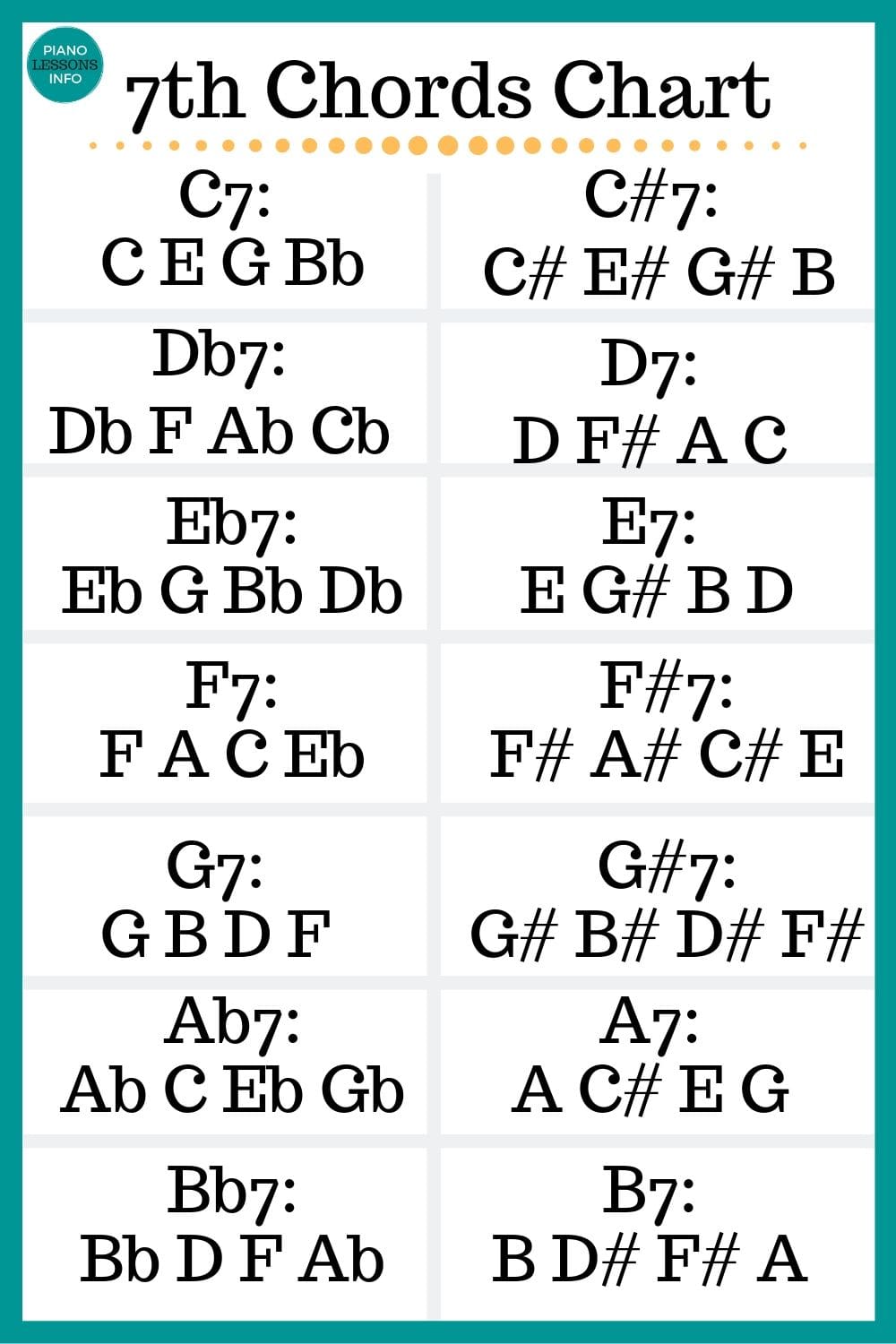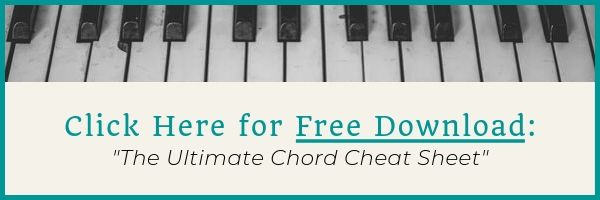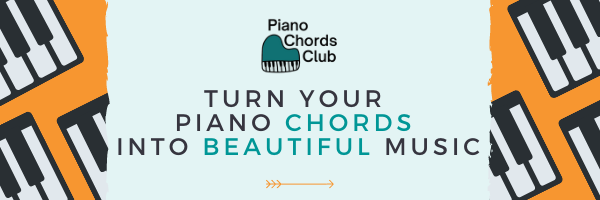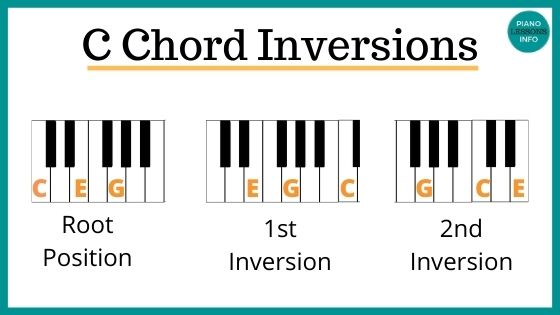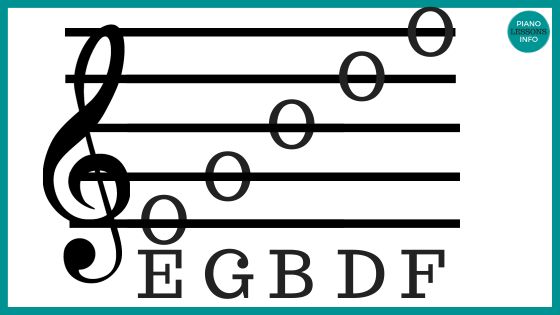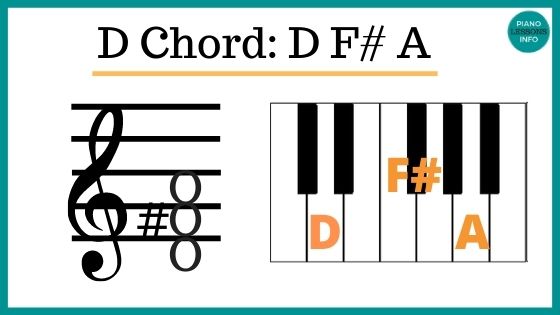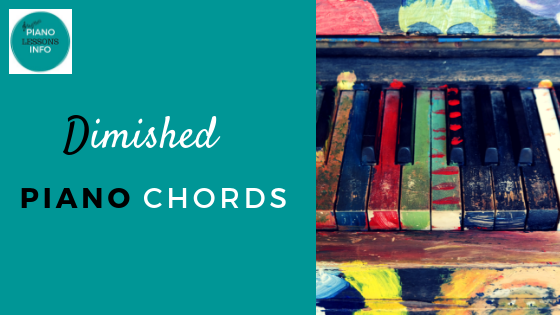Which Hand Plays Piano Chords?
One common question I get asked is, "which hand plays piano chords?"
This is a great question because which hand you play them in is flexible. There is no right answer but there are a few more common ways to play them.
I'll go into the different ways to play them and let you know my preferred way to play them as well below.
Video Lesson: Which Hand Do You Play Piano Chords With?
Should You Learn Chords With Your Left Hand or Right Hand?
When you first start learning to play chords, it's common to want to choose one hand over the other or wonder if this is what you should be doing.
After you've been playing chords for a while, you'll want the ability to play them in either hand.
So the answer to this question is ...
Both!
When you are first learning, practice the chords in both your right hand and left hand. This will set you up for success.
Playing Piano Chords With The Left Hand
A common way for people to begin playing chords - especially if they read music - is to play the chord in the left hand.
One of the reasons you'd play the chord in your left hand is if you only really want to play a melody in your right hand.
This is a way for chords to be an accompaniment.
If you want to play a melody in your right hand or help someone learn to sing a melody, your left hand can accompany this melody by playing the chords in the left hand.
Playing Chords With the Right Hand
Playing and learning chords in the right hand is another common way to go. This way doesn't require reading music or really playing melody (although both can be added in later).
It's a nice way to play chords because of where they are on the keyboard. They don't sound so low.
You can experiment now with playing the following chord progression in your left hand and then your right hand. Listen to how it sounds and which you prefer.
C F am G
What To Do With Left Hand When Playing Right Hand Chords
If you're playing chords in the right hand, you might be wondering what to do with your left hand.
The first and most basic thing you can do is to play the root note of the chord in your left hand while playing the whole chord in your right hand.
For example, if you are playing the C chord, your right hand will play C E G and your left hand will play C.
Note here that if you have a slash chord like C/G, your left hand will play G (not C).
You can also add in more notes from the chord in your left hand.
Depending on the song you could play:
- just the root note
- an octave of the root note
- the root plus another note of the chord (ex. C and G for a C chord)
- the chord in broken form (one note at a time instead of together)
Do You Play Chords With Both Hands?
After you've been playing chords for a while, you will likely be playing chords in both hands. This doesn't mean you'll be playing the solid chord, at the same time, in both hands.
Eventually, you will be able to play chords in both hands by playing different parts of the chord in each hand or by sprinkling in the notes from the chord wherever works.
Playing the root note in your left hand while playing the chord in your right hand or part of the chord in your right hand is another way to play the chord.
How I Play Chords & The Hands I Use
If I'm playing a chord progression and only playing the chords, I will do it the way I outlined above - chord in the right hand (but various inversions of it) and the root note in the left hand.
If I want to create or play a melody, I will play the chord in my right hand. I will also try and make the melody stand out by playing it as the top line of the music.
When I am playing the melody plus chord in my right hand, I will play the root note, often as an octave in the left. I also often play the chord broken as an octave but leave out the middle of the chord.
How To Practice This
If you're just beginning to play chords, I'd recommend playing this way:
Style 1:
- Play the chord in your right hand. (Example: C chord)
- Play the root note of the chord in your left hand. (Example: C)
Style 2:
- Play a chord or chord progression in your left hand
- Try to make up a melody with notes from the chord in your right hand.
If you'd like to learn more about practicing chord progressions, you can take a look at the practicing chord progressions page.
Free Download:
Ultimate Chord Cheat Sheet
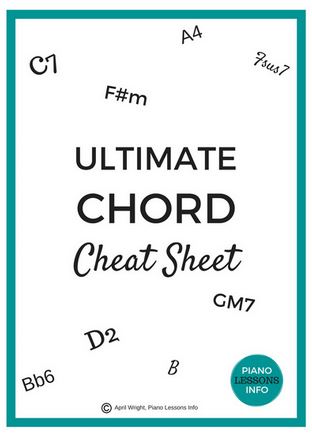
Subscribe below and get free access to the (printable) Ultimate Chord Cheat Sheet.
Recent Articles
-
Piano Notes Chart
Nov 20, 23 10:21 PM
Find a piano notes chart for treble clef and bass clef notes as well as the different types of notes. -
D Chord on Piano + Diagram, How To & Theory
Oct 24, 23 12:20 AM
Learn how to play the D chord on piano with diagram, fingering, D/A, D/F# and a theory explainer. -
Diminished Piano Chords: Chart & How to Make Them
Oct 09, 23 09:23 PM
Learn the different diminished piano chords and how to make them. Here you'll find both a diminished chord chart and an explanation.
Free Download:
Ultimate Chord Cheat Sheet

Subscribe below and get free access to the (printable) Ultimate Chord Cheat Sheet.
